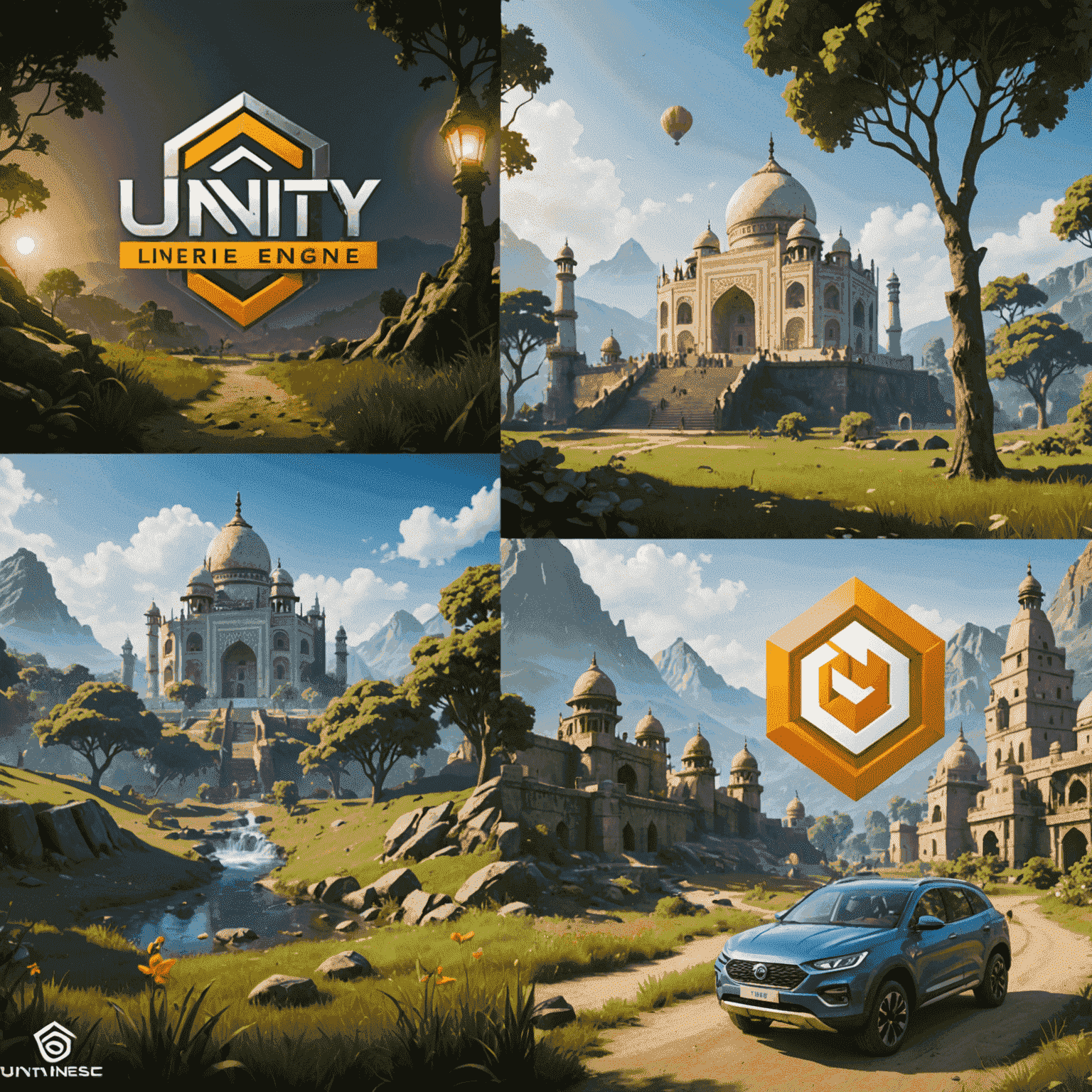Unity vs Unreal: Which Engine Powers India's Mobile Game Revolution?

As India's mobile game development scene continues to flourish, developers are faced with a crucial decision: Unity or Unreal Engine? Both powerhouses offer unique advantages, but which one is driving the country's mobile gaming revolution? Let's dive into an in-depth comparison and hear from local developers who are shaping the industry.
The Rise of Mobile Gaming in India
India's mobile game development landscape has exploded in recent years, with local developers creating innovative and culturally relevant games that resonate with a massive audience. The choice of game engine plays a pivotal role in this growth, influencing everything from development speed to final product quality.
Unity: The Mobile-First Contender
Unity has long been a favorite among mobile game developers worldwide, and India is no exception. Its ease of use and extensive asset store make it an attractive option for indie developers and larger studios alike.
"Unity's cross-platform capabilities and intuitive interface allowed us to rapidly prototype and launch our first mobile game. The vast community support was invaluable for our small team."
Unreal Engine: Power and Visual Fidelity
While traditionally associated with high-end PC and console games, Unreal Engine has made significant strides in the mobile space. Its superior graphics capabilities are attracting developers looking to create visually stunning mobile experiences.
"Unreal Engine's Blueprint system allowed our artists to contribute directly to game logic, speeding up our development process. The visual quality we achieved set our game apart in the competitive Indian market."
Performance Considerations
In a country where a wide range of mobile devices are in use, performance optimization is crucial. Unity's reputation for efficient performance on lower-end devices gives it an edge, but Unreal's recent optimizations are closing the gap.
Learning Curve and Skill Availability
The availability of skilled developers is a significant factor in engine choice. Unity's larger user base and perceived easier learning curve have made it more prevalent in Indian game development courses and boot camps.

Cost and Licensing
For many Indian startups and indie developers, cost is a crucial factor. Unity's complimentary tier and revenue-based pricing model have made it accessible to developers at all levels. Unreal's recent shift to a more generous revenue share model is making it more competitive in this aspect.
The Verdict: A Thriving Ecosystem for Both
Rather than a clear winner, what emerges is a picture of a diverse and thriving mobile game development ecosystem in India. Both Unity and Unreal Engine are powering innovative games, with developers choosing based on project requirements, team expertise, and target audience.
As the Indian mobile gaming market continues to grow, it's clear that both engines will play crucial roles in shaping the future of game development in the country. The real winners are the players, who benefit from an ever-expanding library of high-quality, locally developed mobile games.
Looking Ahead
As technologies like AR and VR gain traction, and as 5G networks roll out across India, the mobile game development landscape will continue to evolve. Both Unity and Unreal are positioning themselves to support these emerging technologies, ensuring that Indian developers will have the tools they need to stay at the forefront of mobile game innovation.